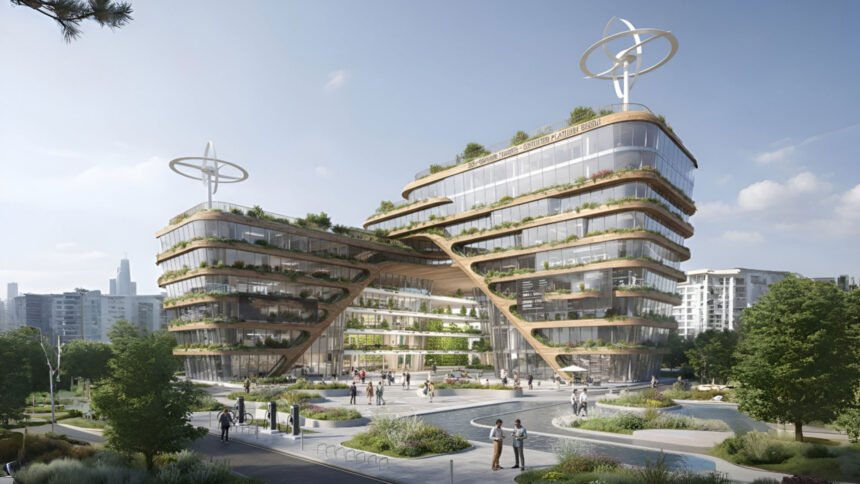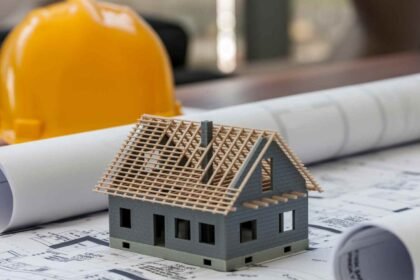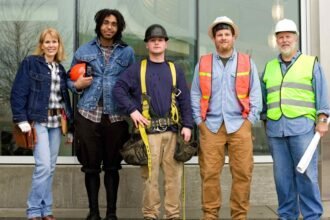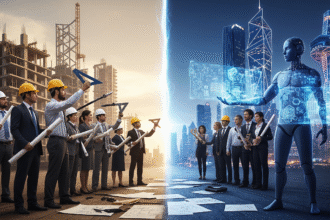In 2025, sustainable design and energy efficiency have become very important when it comes to building commercial spaces. Builders, owners, and architects want to create buildings that save energy and water, reduce waste, and are better for the environment. At the same time, these buildings should be comfortable for the people who work or visit there. Governments, customers, and companies all expect buildings to be greener and cheaper to run.
What Is Sustainable Design?
Sustainable design means making buildings that use less energy and water, create less pollution, and last a long time. This involves using eco-friendly materials, having good insulation to keep the temperature steady, and designing buildings so that they get plenty of natural light and fresh air. The goal is to save resources and create healthier places for people.
How Energy Efficiency Helps
Energy efficiency means doing the same tasks while using less energy. For commercial buildings, this includes better heating and cooling systems, LED lighting, and smart systems that turn things on and off based on use. Efficient buildings help lower costs and put less pressure on power plants, which helps the environment.
Current Trends for 2025
A big trend today is “net-zero” buildings. These buildings create as much energy as they use. This is often done by adding solar panels and using windows and walls that keep heat in or out. People also focus on saving water by capturing rainwater and using efficient plumbing.
More builders now choose materials that can be recycled or that come from renewable sources, like responsibly harvested wood. Low-emission paints and finishes improve indoor air quality, creating healthier work environments. Smart technology, like sensors for lighting and climate control, helps make buildings comfortable and saves energy by adjusting automatically.
Benefits of Sustainable and Energy-Efficient Buildings
Buildings designed with sustainability save money over time because they use less water and energy. They also provide better indoor air and more daylight, which helps people work better and feel healthier. Green buildings attract tenants and buyers who want eco-friendly spaces. This often means higher rents and lower vacancy rates. Businesses also meet their environmental goals and improve their reputation by choosing green buildings.
Challenges and Future Outlook
One challenge is the higher upfront cost of green materials and technology. Older buildings can be expensive to upgrade. Still, governments are offering incentives, and new laws encourage builders to make greener choices. In the future, buildings will not only save energy but also help restore the environment, such as by managing their water use and carbon emissions carefully.
Sustainable design and energy efficiency are changing how commercial buildings are made in 2025. Eco-friendly materials, smart technology, and goals like net-zero energy use help create better buildings that cost less to run and are healthier for occupants. While initial costs and upgrades remain challenges, the clear financial and environmental benefits make sustainable building the preferred choice. This shift supports businesses, workers, and the planet as we build for the future.









